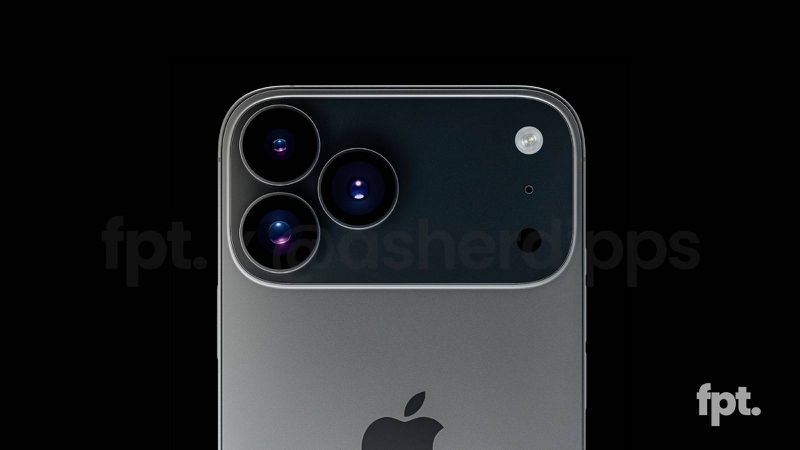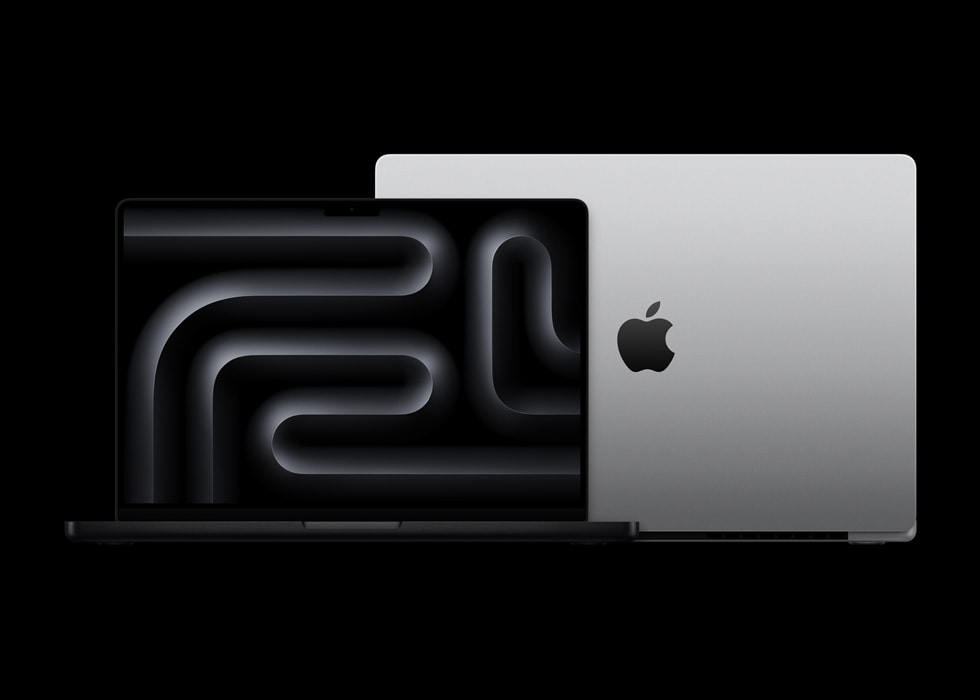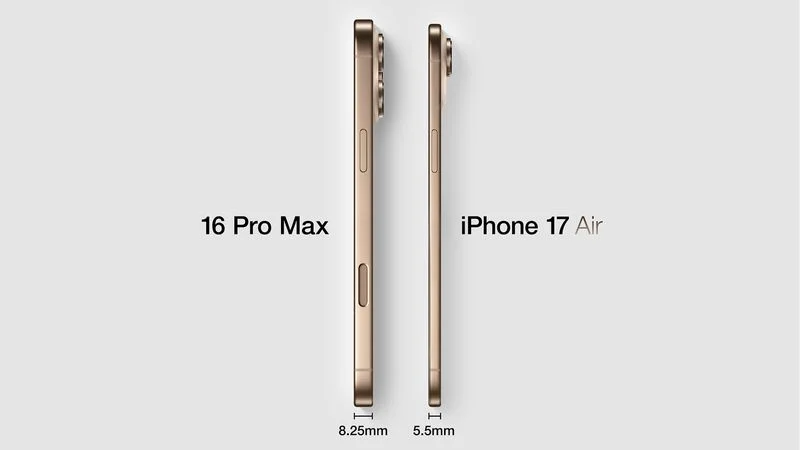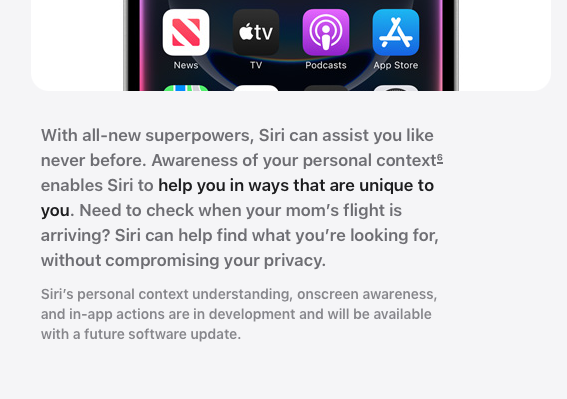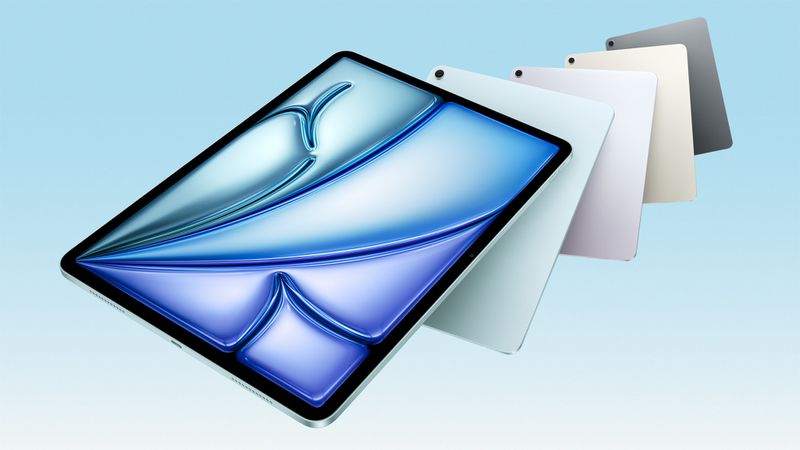Apple once tested a super-thin iPhone 17 Air with a big 6.9-inch screen but scrapped the idea. Why? They worried it might bend too easily, a problem they faced years ago. A new report spills the details.
iPhone 17 Air’s Big Screen Scare
Mark Gurman, a Bloomberg writer, shared this in his recent Power On newsletter:
When Apple first worked on this phone, they tried a 6.9-inch screen—same size as the Pro Max. But they dropped it, fearing a slim phone with such a large display could bend. Back in 2014, Apple dealt with “Bendgate” when the iPhone 6 Plus warped in tight pockets. They didn’t want that headache again.
A rumor from China earlier this month said the iPhone 17 Air matched the iPhone 17 Pro Max in size, just thinner. That might have come from this canceled test model.
What’s Coming Instead
The iPhone 17 Air hitting shelves in September will sport a 6.6-inch screen with smooth 120Hz ProMotion tech, a Dynamic Island, a speedy A19 chip, one 48-megapixel back camera, and Apple’s own C1 modem. Gurman hears it could cost around $899 in the U.S.—the same as the iPhone 16 Plus, which this slim phone seems set to replace in Apple’s lineup. Apple’s clearly playing it safe after past lessons, sticking with a size that’s big but not risky. Fans of giant screens might be bummed, but a sturdier phone could be worth it.


